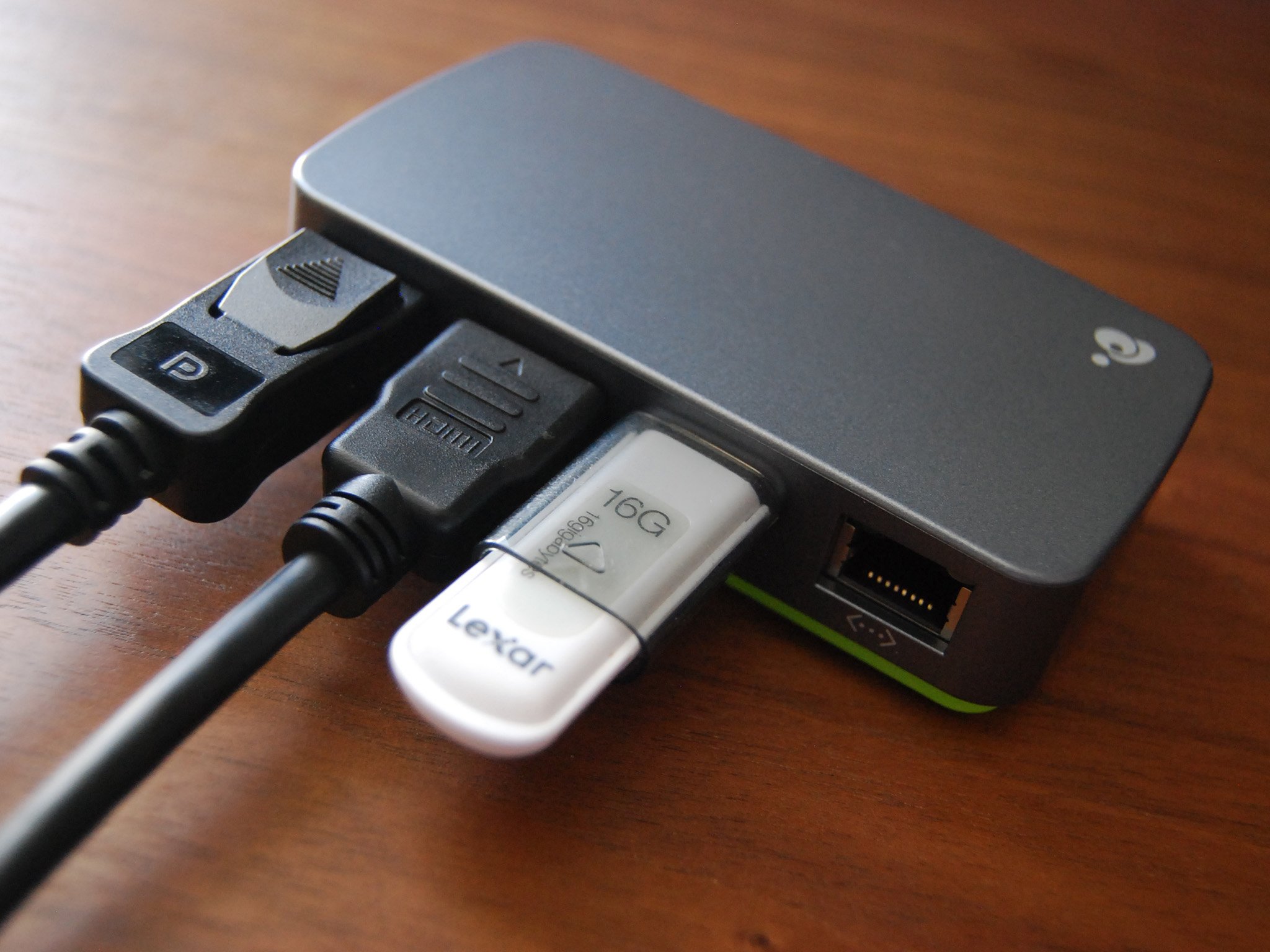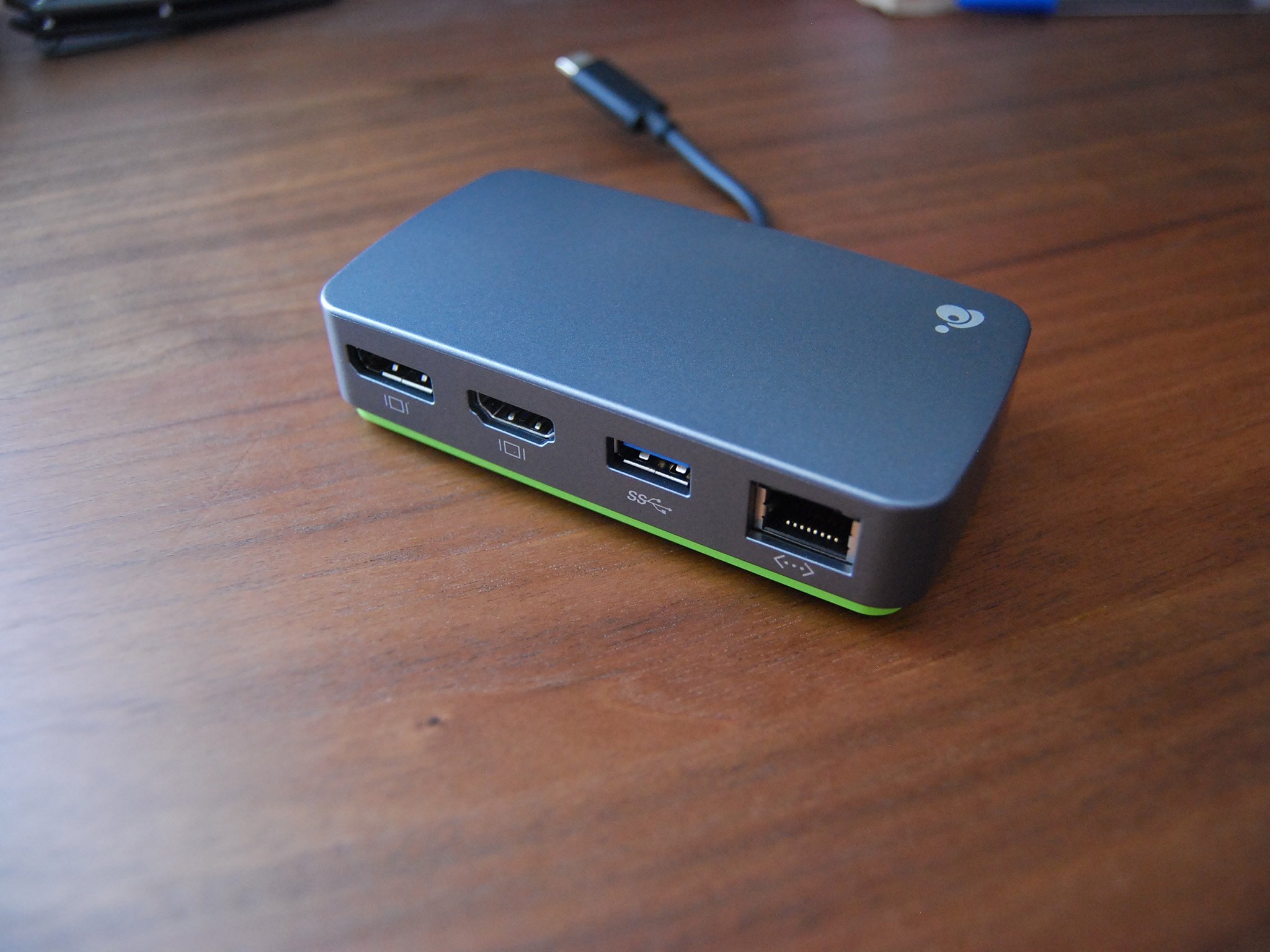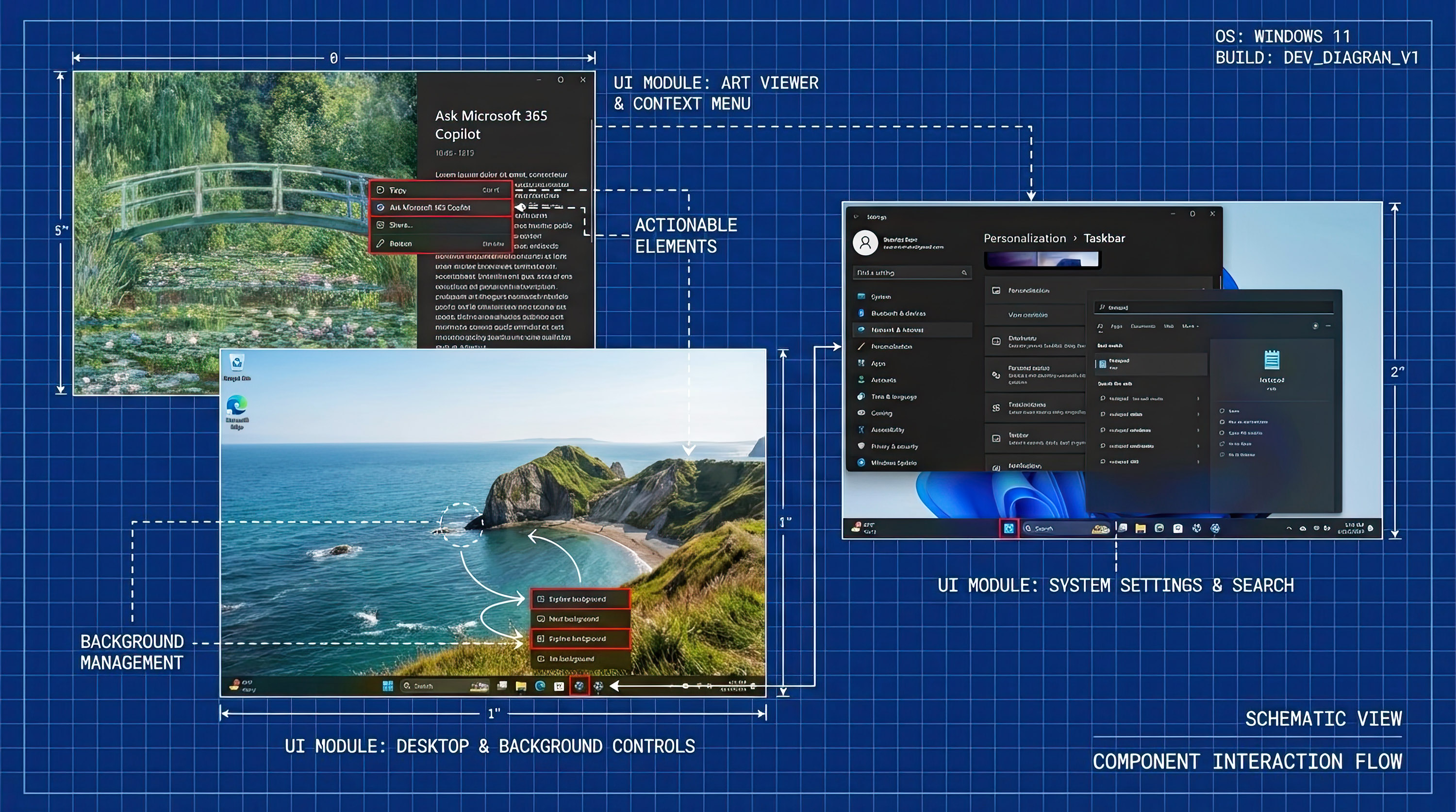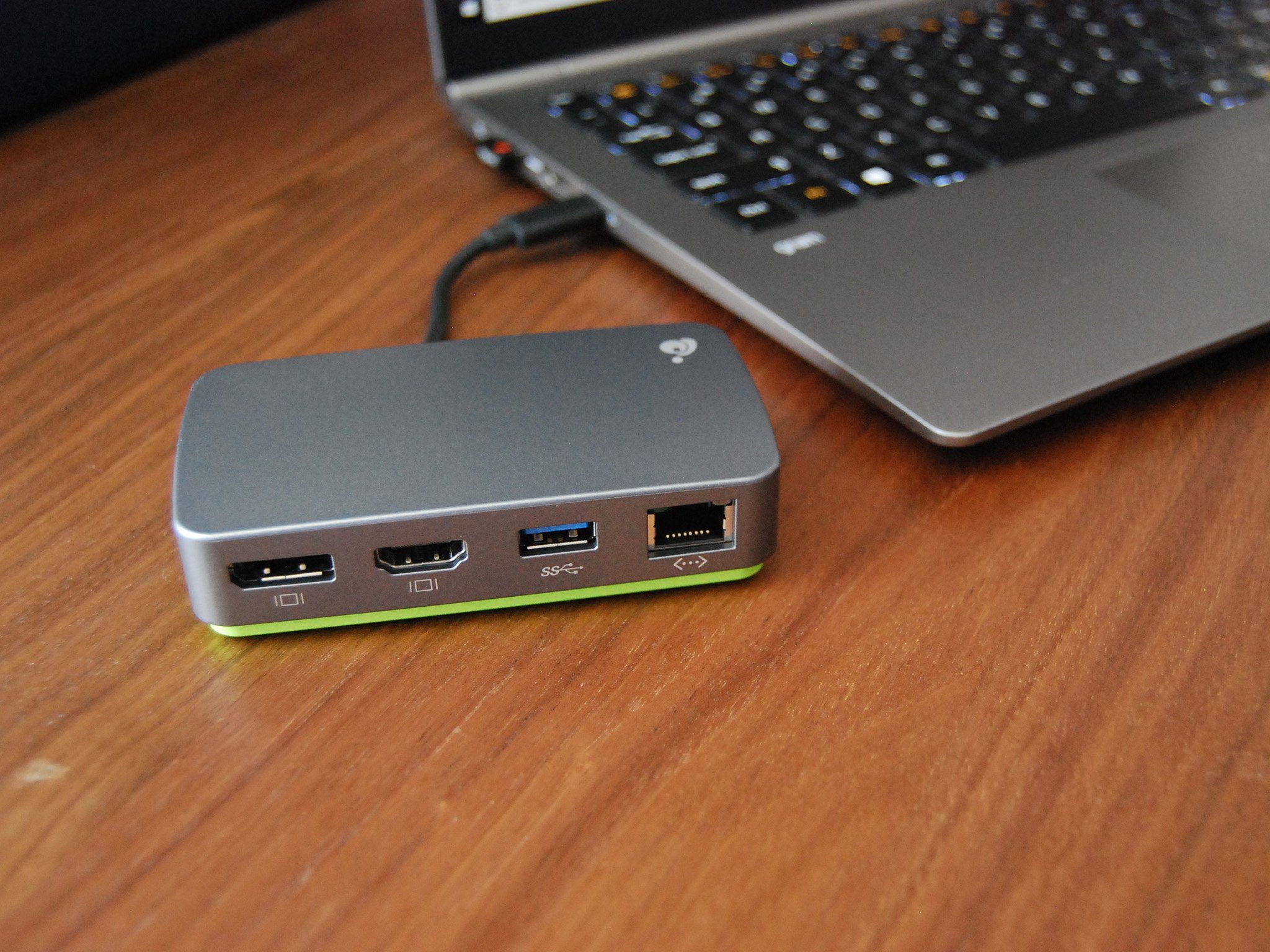
As Thunderbolt 3 ports become a more common sight on modern laptops, so too do accessories that make full use of the 40 Gbps transfer rate. IOGEAR's GTD300 travel dock is a compact, lightweight piece of hardware that you can easily stuff into a backpack or laptop sleeve pocket when you're on the go, and it offers impressive performance when you sit down and set up a workstation. I used the Thunderbolt 3 docking station for about a week with my LG gram 15Z980 to see what it's all about.
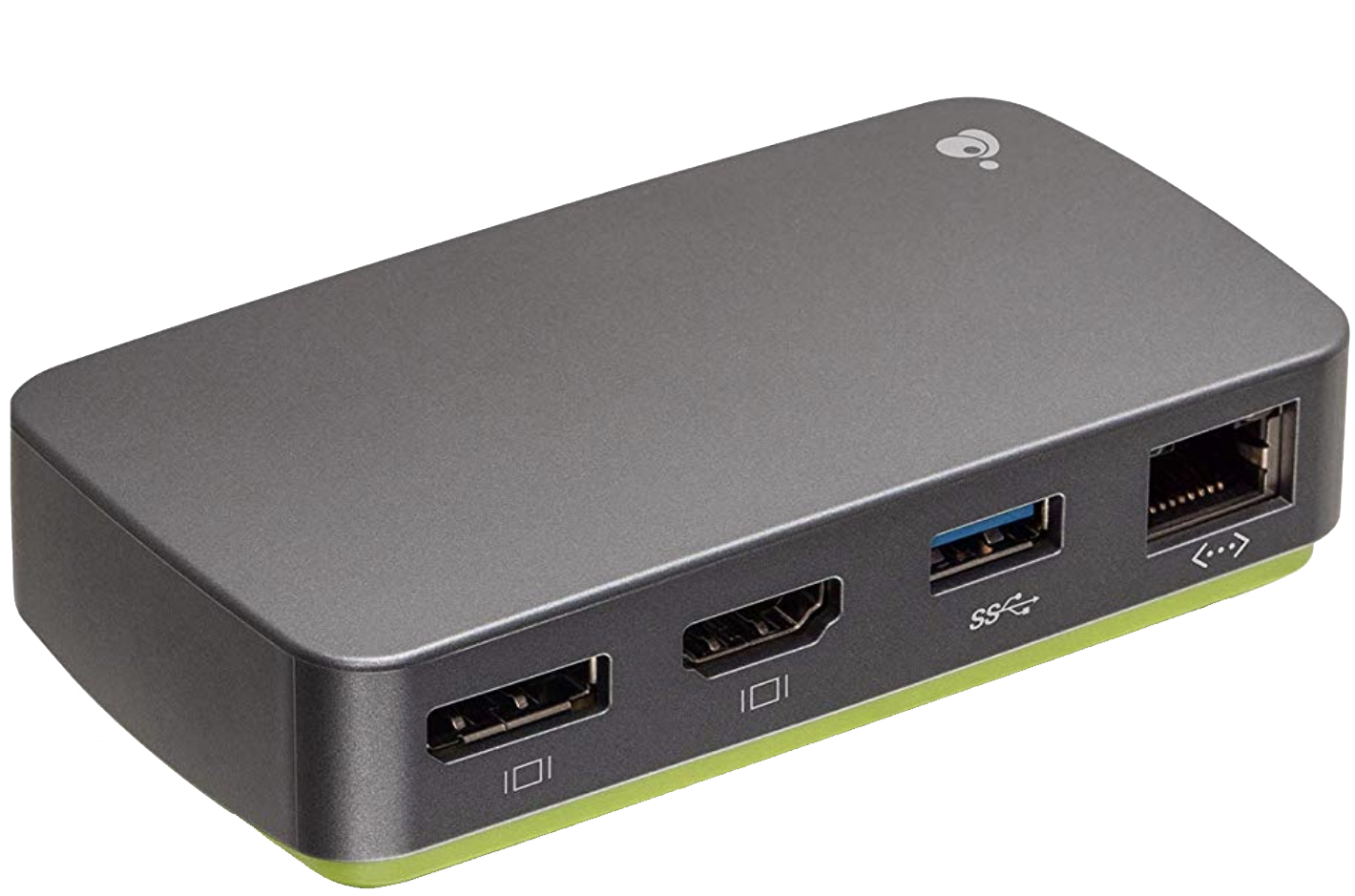
$133 at AmazonBottom line: It's priced competitively and will deliver dual 4K displays at a 60 Hz refresh rate, but the port selection might not be quite what you're looking for.
Pros
- Compact, lightweight build
- Ports have a tight hold
- Channel to hide cable on bottom
- Supports dual 4K displays at 60 Hz
- Competitively priced
Cons
- One USB-A may be a sore point
- All-aluminum docks are available
What you'll love about the IOGEAR GTD300
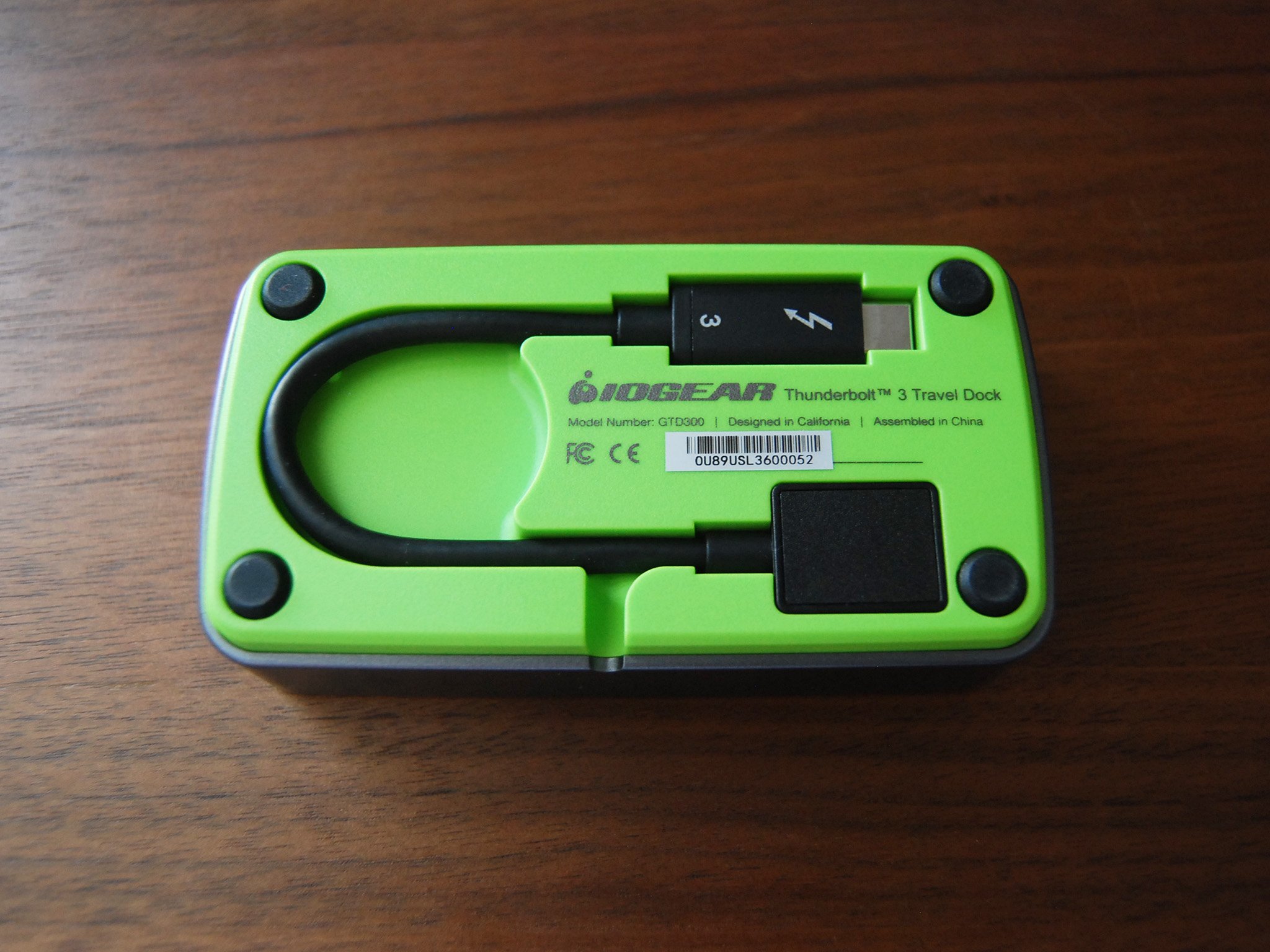
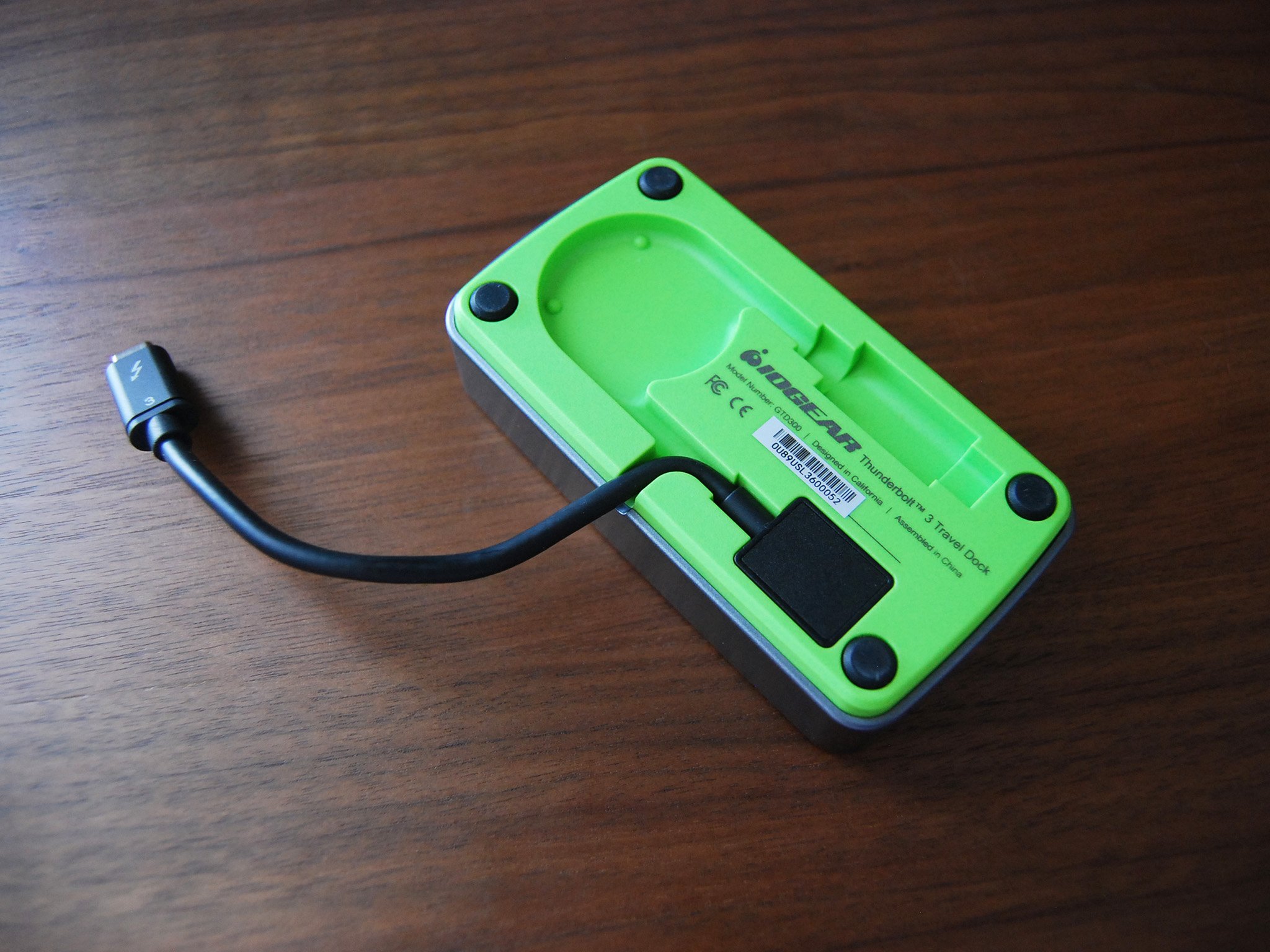
Though you can find plenty of Thunderbolt 3 docking stations with tons of ports, removable cables, and power delivery back to your laptop — like the CalDigit TS3 Plus that we also reviewed — the big draw here is that the IOGEAR GTD300 is about the size of a bar of soap. It's also very light at just 0.3 pounds (0.14 kg) thanks to a plastic base and what seems to be an aluminum-alloy shell, meaning you can tuck it away just about anywhere and not notice that it's there. While a lot of competing Thunderbolt 3 travel docks have a fixed cable running out the back that you can't really get rid of, the GTD300 has a channel on the bottom where you can hide the cable away when not in use.
| Category | Spec |
|---|---|
| Ports | USB-A 3.0 DisplayPort 1.2 Ethernet HDMI 2.0 |
| Max display resolution | Dual 4K @ 60 Hz Single 5K @ 60 Hz |
| Dimensions | 4.06 inches x 0.91 inches x 2.2 inches (103 mm x 23 mm x 56 mm) |
| Weight | 0.3 pounds (0.14 kg) |
It has four total ports on the front edge, including DisplayPort 1.2, HDMI 2.0, USB-A 3.0, and Gigabit Ethernet. With all four ports full I didn't have a problem with crowding, even using relatively bulky video cables, and all ports were tight and held onto the cables. I tested the USB-A port on the dock with a voltage and amperage meter and got back 4.95 V and 0.45 A (about 2.5 W) charging capabilities, which is the same as you get from a USB-A 3.0 port coming directly from your laptop. To put that into perspective, charging my Samsung Note 9 from 15-percent life would take more than seven hours. With an external hard drive plugged into the USB-A port, I measured 137.7 MB/s read speeds and 129.1 MB/s write speeds, the same as when plugged directly into the laptop.
The Gigabit Ethernet port on the dock is technically capable of handling speeds up to 1 Gbps, and in testing, it maxed out my internet plan at about 326.62 Mbps down and 15.71 Mbps up. In comparison, the USB-C Ethernet dongle that came with the LG gram is only capable of hitting about 87.16 Mbps down with similar upload speeds. That's a nice boost thanks to Thunderbolt 3.
In my usage case, I like that IOGEAR offers DisplayPort and HDMI ports on its dock for extra flexibility, especially when a lot of the competition makes you choose between dual HDMI or dual DisplayPort. The dock is capable of handling two displays at 4,096 x 2,160 resolution with a 60 Hz refresh rate. I primarily used a single 4K display, swapping between HDMI and DisplayPort, without issue (all the while at 60 Hz), and doubled up a few times with a second 1440p display without problem (also at 60 Hz). I wasn't able to test a 5K display with the dock.
What you'll dislike about the IOGEAR GTD300
The IOGEAR GTD300 is a bus-powered dock — meaning there's no separate wall adapter that plugs in — so there's no power delivery back to your laptop. This is the cost of portability. If you're interested in a dock that can charge your laptop when in use, there are plenty of alternatives available. Unlike larger docks, this travel dock doesn't have a removable main USB-C cable, meaning if it gets damaged your dock is no longer going to work. Most travel docks are designed this way, but it's something to keep in mind. The GTD300 seems well-built, though it does have a plastic base. If you want to go with an all-aluminum dock, you'll have to look elsewhere.
The port selection here is right for what I need it for, but some people are likely interested in having more than a single USB-A port to connect legacy devices, especially for use with ultra-slim laptops that only offer Thunderbolt 3 or USB-C ports. Likewise, the combination of DisplayPort and HDMI outputs might not be ideal for you, but there are docks available with a dual setup of one or the other outputs.
All the latest news, reviews, and guides for Windows and Xbox diehards.
As for pricing and warranty, you'll pay about the same for the GTD300 as a lot of similar travel docks, but it does only come with a one-year warranty here. That's about par, though there are some select docks that come with a two-year warranty.
So should you buy the IOGEAR GTD300?
You won't get the same connectivity as with a full-sized dock, nor will you get charging back to your laptop, but this is a great choice if you need something for the road. The IOGEAR GTD300 is about the size of a bar of soap, and it can be easily tucked in with your other carry-ons. An extra USB port would be nice here, but this is more positioned as a way to connect to dual displays with a laptop that's lacking in outputs.
If you're already carrying around a pocket full of dongles for your laptop, this travel dock can bring everything into one small, light package. The USB-C cable tucks into the base in a fitted channel when not in use, all ports offer excellent performance, and it's priced to compete with similar docking solutions on the market.

Cale Hunt brings to Windows Central more than nine years of experience writing about laptops, PCs, accessories, games, and beyond. If it runs Windows or in some way complements the hardware, there’s a good chance he knows about it, has written about it, or is already busy testing it.
